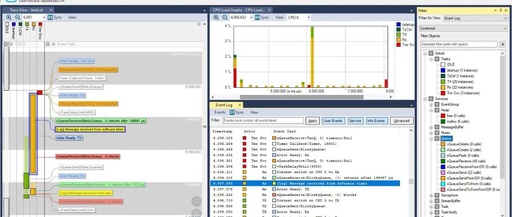FreeRTOS Launches Free Visualization Tool
Author | strongerHuang WeChat Official Account | strongerHuangStrictly speaking, it should be the tracking and visualization analysis (debugging) tool based on FreeRTOS launched by Percepio:Percepio View for FreeRTOS.To help developers better understand the task execution status of FreeRTOS, it is necessary to use tools for task analysis.A tool we are quite familiar with is:Tracealyzer, which … Read more









